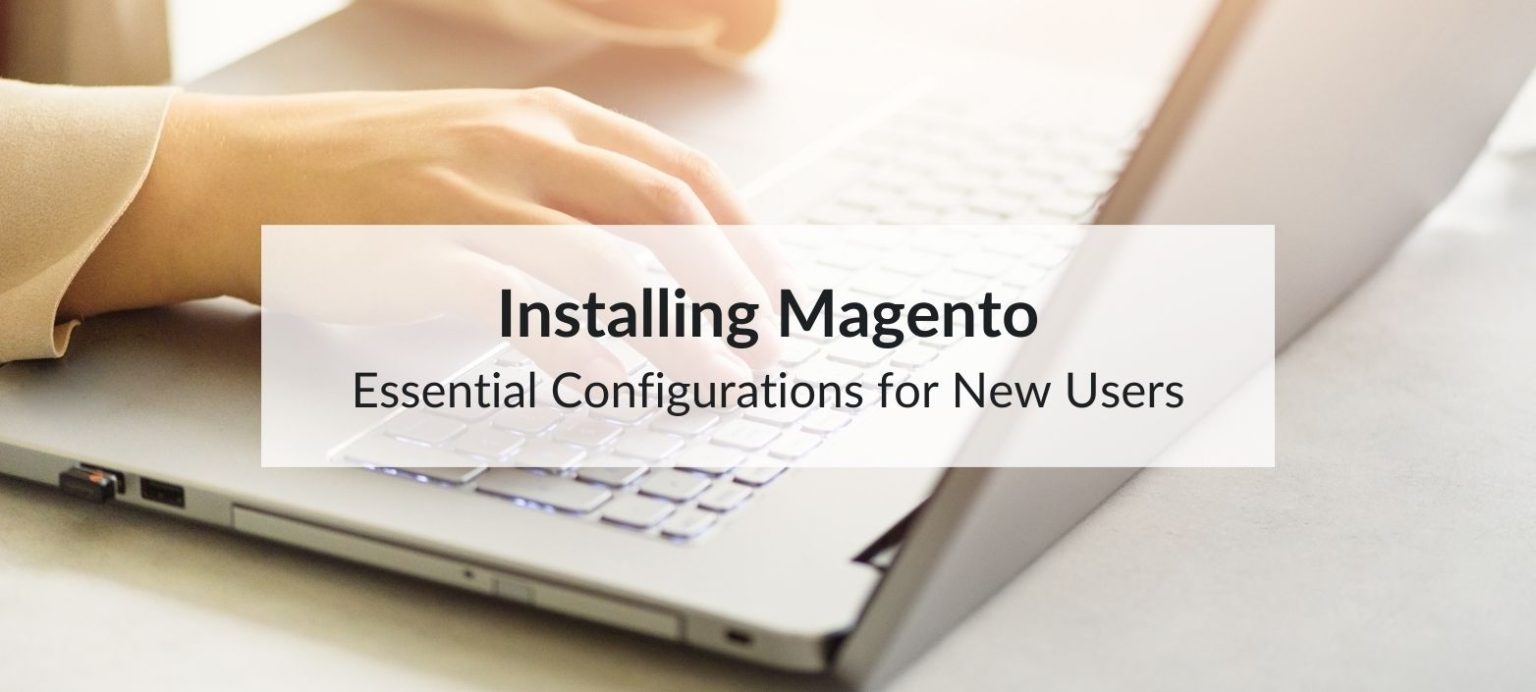So, you’ve decided to build your online store using Magento, one of the most powerful e-commerce platforms available. Congratulations on taking the first step! However, simply installing Magento is just the beginning. To fully leverage its capabilities, you need to set up and configure your store properly. In this guide, we’ll walk you through the essential configurations that every new user should make after installing Magento, ensuring optimal performance, usability, and scalability.
Why Proper Configuration Matters
Magento powers over 250,000 online stores worldwide, making it a trusted platform for businesses of all sizes. However, improper configuration can lead to performance issues, lower search engine rankings, and poor user experience—all of which can hurt your sales. Research by Akamai shows that 47% of consumers expect a webpage to load in 2 seconds or less, and slow websites risk losing potential customers. Proper initial configuration ensures your Magento store meets these expectations.

1. Configure Your Store’s General Settings
The first thing you need to do after installing Magento is to configure the general settings of your store. This includes setting up the store’s name, contact information, and default locale.
Steps:
1. Navigate to Stores > Configuration in the admin panel.
2. Under the General tab, configure:
- Store Information: Input your store name, phone number, and email address.
- Locale Options: Set your default country, language, and time zone.
- Currency Setup: Choose the currency you want to display.
These settings ensure your customers see accurate information based on their location and improve the overall user experience.
2. Optimize Your Site’s Performance
Site speed is crucial for user satisfaction and search engine rankings. Studies by Google reveal that a one-second delay in page load time can reduce conversions by 7%. Magento is resource-intensive, so optimizing its performance is a must.
Key Tips:
- Enable Caching: Go to System > Cache Management and enable all cache types.
- Use Flat Catalogs: Navigate to Stores > Configuration > Catalog > Catalog and set Use Flat Catalog Product and Use Flat Catalog Category to Yes.
- Enable Gzip Compression: Configure your web server to use Gzip for faster page loading.
- Set Up a Content Delivery Network (CDN): A CDN can reduce latency by serving static files from servers closer to your customers.
3. Secure Your Magento Store
Cybersecurity is a top priority for e-commerce. A report by IBM found that the average cost of a data breach in 2024 was $4.88 million. Securing your Magento store can help protect both your business and your customers.
Essential Security Steps:
- Enable HTTPS: Install an SSL certificate and configure your store to use HTTPS.
- Change Default Admin URL: To reduce the risk of brute force attacks, change the default admin URL. You can do this under Stores > Configuration > Admin.
- Set Strong Admin Passwords: Use a combination of uppercase, lowercase, numbers, and special characters.
- Enable Two-Factor Authentication (2FA): Install and configure 2FA for an added layer of security.
4. Set Up Payment and Shipping Methods
Offering a variety of payment and shipping options enhances customer trust and satisfaction. According to a study by Baymard Institute, 6% of cart abandonments are due to a lack of payment options.
Payment Setup:
1. Navigate to Stores > Configuration > Sales > Payment Methods.
2. Configure payment gateways like PayPal, Stripe, or Authorize.net.
3. Enable offline methods (e.g., bank transfers or cash on delivery) if applicable.
Shipping Setup:
1. Go to Stores > Configuration > Sales > Shipping Methods.
2. Set up popular shipping options like flat rate, free shipping, or table rates.
3. Integrate with shipping carriers like UPS, FedEx, or DHL for real-time rate calculations.
5. Configure Tax Settings
Tax compliance is crucial for avoiding legal complications and ensuring smooth operations. A study by Avalara found that e-commerce businesses spend an average of 2.6% of revenue on tax compliance.
Steps:
1. Go to Stores > Configuration > Sales > Tax.
2. Set up tax zones and rates based on your business’s location.
3. Configure tax rules for products, shipping, and customer groups.
Proper tax setup ensures accurate pricing and builds trust with your customers.
6. Customize Your Store’s Design
Your store’s design plays a significant role in attracting and retaining customers. Research by Adobe reveals that 38% of people will stop engaging with a website if the content or layout is unattractive.
Steps:
1. Navigate to Content > Design > Configuration.
2. Select your store view and upload your logo, favicon, and other brand elements.
3. Use a Magento theme that aligns with your brand identity and offers a responsive design.
4. Customize the homepage, category pages, and product pages to highlight your best offerings.
7. Set Up SEO and Marketing Tools
Search engine optimization (SEO) is essential for driving organic traffic. Studies show that 68% of online experiences begin with a search engine.
SEO Configuration:
1. Enable Search Engine Friendly URLs under Stores > Configuration > General > Web.
2. Set up Meta Titles and Descriptions for all pages and products.
3. Submit your sitemap to search engines via Marketing > SEO & Search > Sitemap.
Marketing Tools:
1. Configure email marketing tools like Mailchimp or Klaviyo for automated campaigns.
2. Set up Google Analytics and Google Tag Manager for tracking user behavior.
8. Set Up Product Catalog and Attributes
A well-organized product catalog makes it easier for customers to find what they need. According to HubSpot, 75% of consumers prefer to buy from retailers that personalize their shopping experience.
Steps:
1. Go to Catalog > Products to add and manage products.
2. Set up custom product attributes like size, color, or material under Stores > Attributes > Product.
3. Use layered navigation to enhance search functionality on category pages.
9. Test Your Store’s Functionality
Before going live, thoroughly test your store to ensure everything works as expected. According to Tricentis, software bugs cost the global economy $1.7 trillion annually.
Testing Checklist:
- Test the entire checkout process, from adding products to placing an order.
- Verify that payment and shipping methods function correctly.
- Ensure mobile responsiveness and cross-browser compatibility.
- Check for broken links and fix any errors.
10. Schedule Regular Backups
Data loss can cripple your business. Research by Small Business Trends found that 60% of small businesses close within six months of a data loss incident.
Steps:
1. Set up automatic backups via System > Tools > Backups.
2. Store backups securely, preferably in a cloud-based solution.
Conclusion
Properly configuring your Magento store after installation is critical for success. From securing your site to optimizing its performance and setting up SEO tools, these steps lay the foundation for a high-performing e-commerce store. By investing time in these configurations, you’ll create a seamless shopping experience for your customers and position your business for long-term growth.

